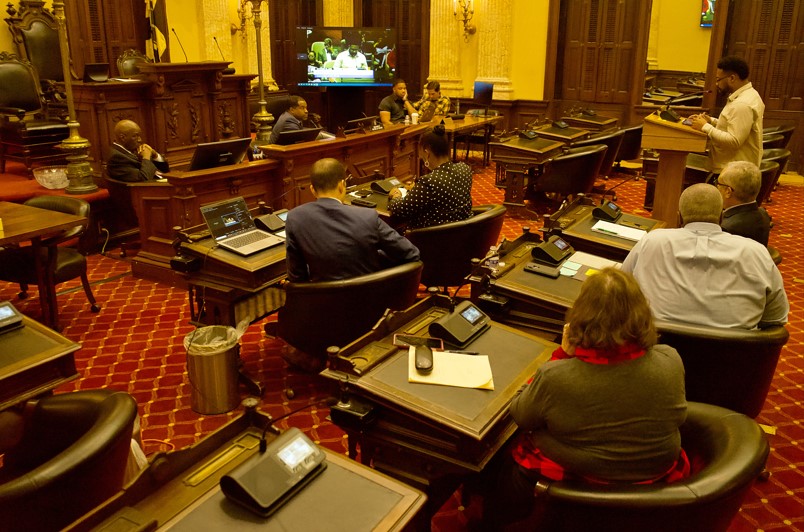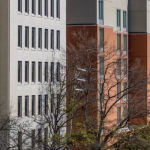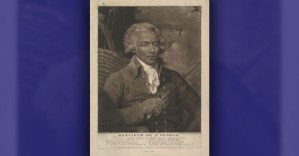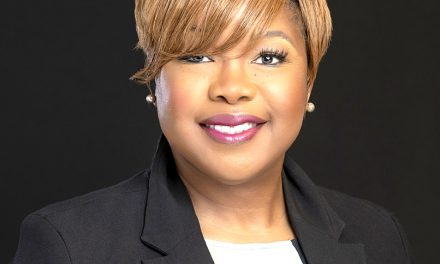By Reuben Greene,
Special to the AFRO
In an intense City Council meeting held at Baltimore City Hall on Oct. 26, the contentious Complete Streets Ordinance took center stage.
Baltimore officials revised how the city plans its streets in 2018, changes reflected in new legislation called the Complete Streets Ordinance. Although the city’s plan was to focus on making streets safer for people who walk, ride bikes and use public transportation, a portion of Baltimore’s residents aren’t satisfied with the changes. Notably, the lack of data to support lane changes, the lack of data proving safety concerns have been addressed in specific neighborhoods and the lack of community input were hot topics of discussion.
The meeting began with a presentation by Corren Johnson, the director of transportation, who delved into the safety data concerning Baltimore City. While her presentation was rich in charts, graphs and video footage captured from intersections across the city, it was clear that the explanations were heavily reliant on national statistics from other cities striving to make their roadways safer. This approach set the stage for what would become a night filled with intense debates and sharp disagreements.




The opposition was vocal and passionate. Linda Bats, a former Baltimore City government employee, took the floor to argue against the ordinance, accusing its authors of a “copy and paste approach” that excluded the city’s 60 percent Black population. She contended that the policy did not reflect the needs and voices of the residents and demanded that the City Council “do the work” by pausing all future Complete Streets construction until more community data was collected to justify the proposed changes. This led to heated exchanges as tensions ran high within the council chamber.
Resident Sean Sims echoed the sentiments of discontent, describing the policy as “cookie-cutter at best” and lamenting the lack of genuine community engagement within the decision-making process.
On the other side of the aisle, Sharon Jones, a concerned citizen and international cyclist, shared her experiences of navigating the city’s streets. She highlighted the deplorable state of the streets, the unsafe cycling lanes, litter and potholes. Jones pleaded for comprehensive improvements that would make biking and driving in the city safer.
Patrice Kingsley, a mother and homeowner, represented Bikemore and conveyed the sentiment of numerous residents who had access to information and meetings before the implementation of the ordinance. She emphasized the importance of bike lanes for accessing the park in her neighborhood and expressed a desire for enhanced safety and traffic control, especially for children traveling to and from school. Kingsley commended the progress made by the Department of Transportation and the continued support of the city council.
The council members present at the meeting voiced their concerns and opinions. President Nick Mosby requested more Baltimore-specific data for the next presentation, noting the lack of statistical data supporting some of the road changes in the city. He emphasized the need for data that was transparent and accessible to all residents, specifically in certain areas of Baltimore.
Councilwoman Porter raised questions about public transportation and pedestrian crossings in the planning of bike lanes. Johnson, the transportation director, responded with a commitment to include crash data and handicap access in the next presentation.
Porter also requested a more common-sense approach to all current and future plans and expressed concerns about the lack of community engagement data. Furthermore, the councilwoman felt it was problematic that nobody from the Complete Streets Construction Design Team was present to directly answer questions.
Councilman Dorsey, who played a pivotal role in bringing the Complete Streets Ordinance to life, discussed the delays in the timeline, largely attributed to factors like COVID-19. He stressed the importance of formalizing and documenting community engagement expectations and underscored the need for a multifaceted approach that considers the transportation needs of households without cars. Dorsey highlighted the goal of improving safety and access in Baltimore, ultimately aiming to create an interconnected network for the most impacted communities.
The meeting also provided a platform for community members to voice other concerns, which included safety hazards, access for people with disabilities, removal of parking spaces, unresponsiveness to community input and concerns about the allocation of funds for bike lanes.
Throughout the proceedings, citizens sought clarification from Director Johnson about the rumored construction of a bike lane along Gwynns Falls Parkway. Allegedly, some local advocacy groups were reportedly engaged in community discussions, and residents felt they were not a part of the process.
Director Johnson clarified that there were no plans for a bike lane in that area and advised that a buffer zone for safe driving and parking is being proposed.
The post Numbers and narratives: Baltimore’s Complete Streets Ordinance under debate appeared first on AFRO American Newspapers .











